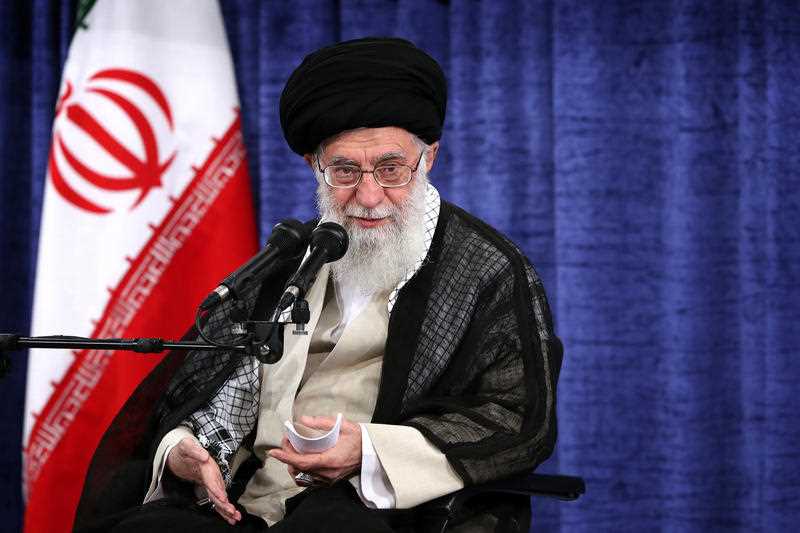Iran is still implementing the 2015 accord over its nuclear programme, just weeks after Washington ditched the accord, according to a report by the UN’s nuclear watchdog.
The International Atomic Energy Agency report, seen by AFP Thursday, shows that Iran is abiding by the deal’s key restrictions on its nuclear facilities in return for relief from damaging economic sanctions.
The latest assessment from the IAEA comes after US President Donald Trump withdrew the United States from the accord earlier this month, putting its future in jeopardy.
The IAEA urged Iran to stick with the accord and even go beyond its legal obligations so as to boost international confidence in Tehran’s commitments.
A senior diplomat in Vienna, where the IAEA is based, said this was not prompted by any lack of co-operation or change of behaviour on Iran’s part.
The IAEA is “encouraging (Iran) to go above and beyond the requirements” of the deal in order to boost confidence, the diplomat said, adding that Tehran could, for example, invite inspectors to sites they had not demanded access to.
Signatories Britain, France, Germany plus the European Union, Russia and China have been trying to salvage the deal after Trump’s decision but Iran has warned that if it suffers as a result the reintroduction of US economic sanctions, it could walk away from the accord.
‘Strongest sanctions’
As in previous reports, the IAEA confirmed that the number of centrifuges to enrich uranium at Iran’s Natanz plant had been kept below the agreed level of 5,060, while its total stockpile of low-enriched uranium “has not exceeded 300 kilogrammes (660 pounds)”.
Uranium, when enriched to high levels, can be used in a nuclear weapon. At lower enrichment levels, it is used for peaceful applications such as power generation – Iran’s stated aim.
Since the deal came into effect, Iran has twice inched over the agreed volume of heavy water, a reactor coolant.
However, the latest report said that for the past three months the volume had remained below the agreed maximum of 130 tonnes.
Apart from the relatively minor breaches of heavy water levels, IAEA reports have consistently shown Iran adhering to the terms of the deal in the two years since it came into force.
In the IAEA’s previous report it had said that Iran had informed it of a decision to “construct naval nuclear propulsion in the future”.
Read the full article at SBS.

